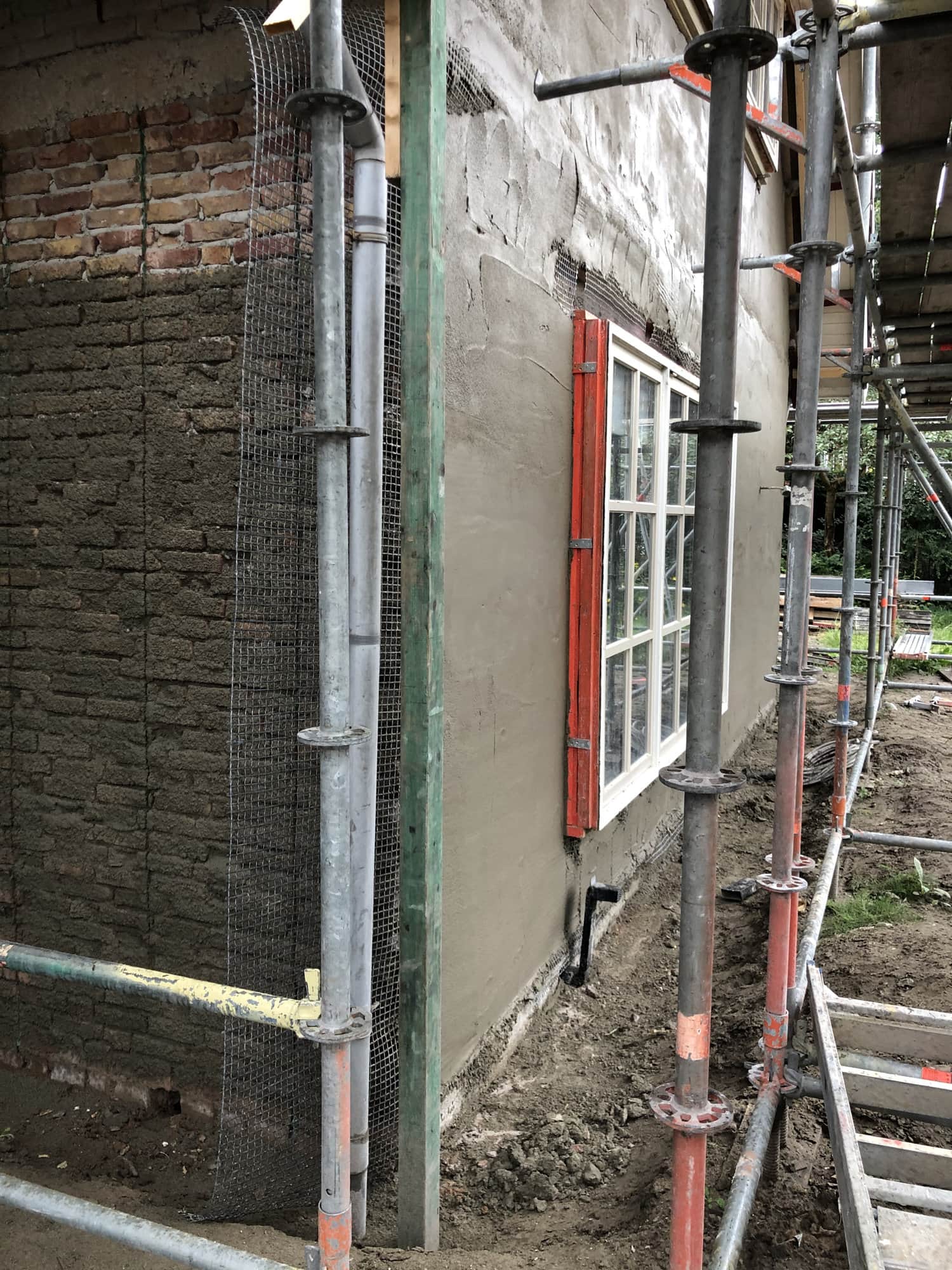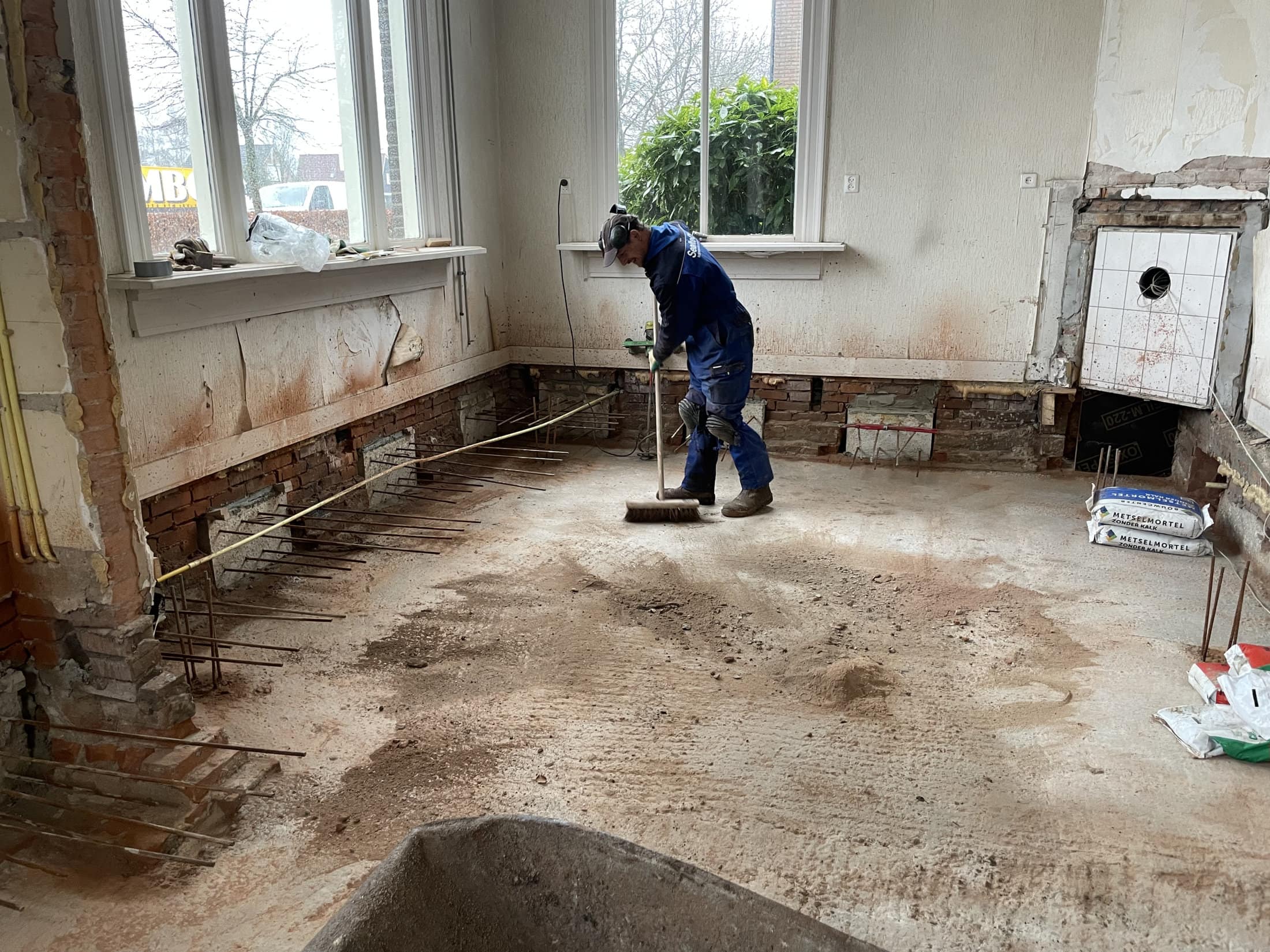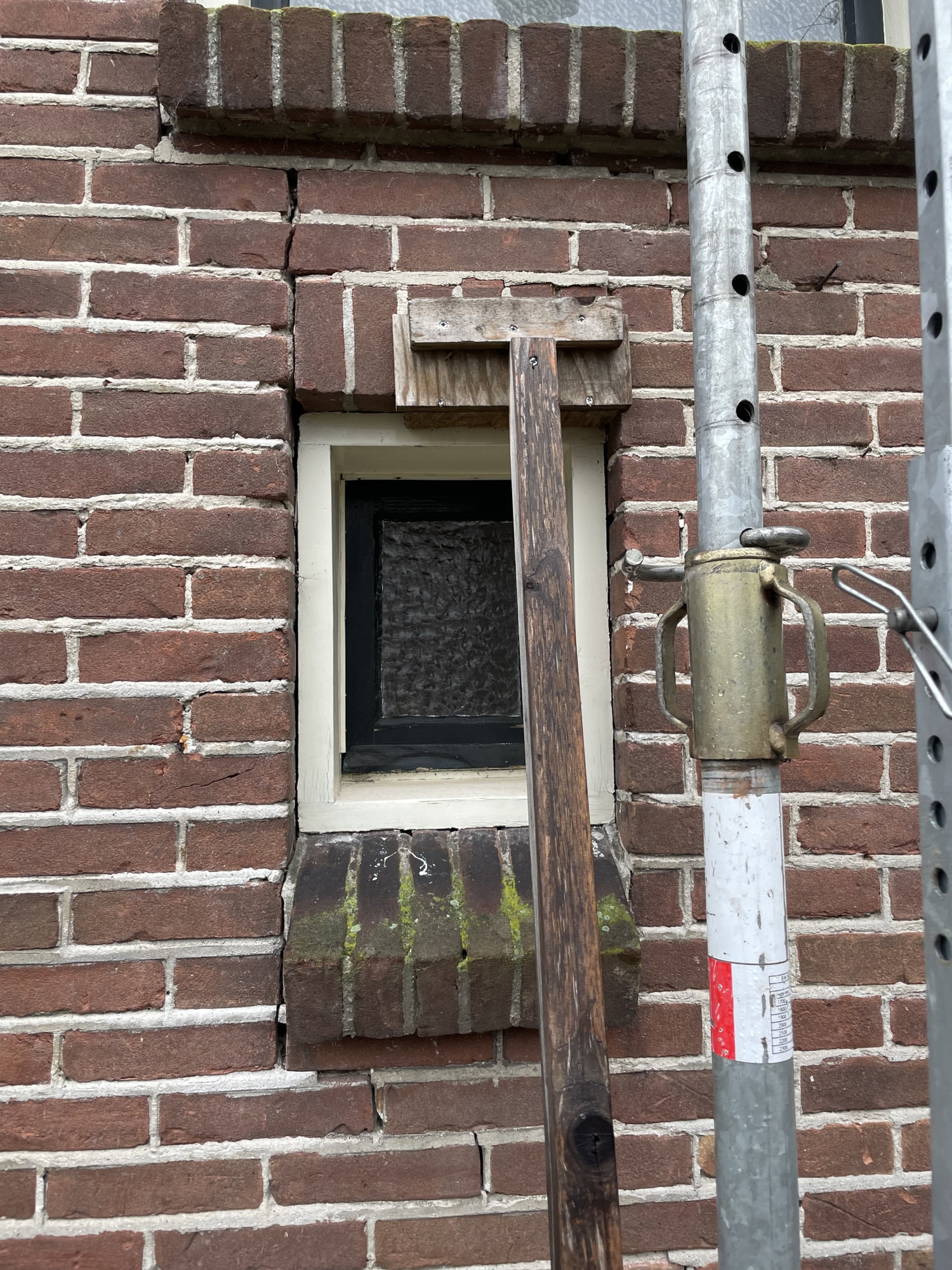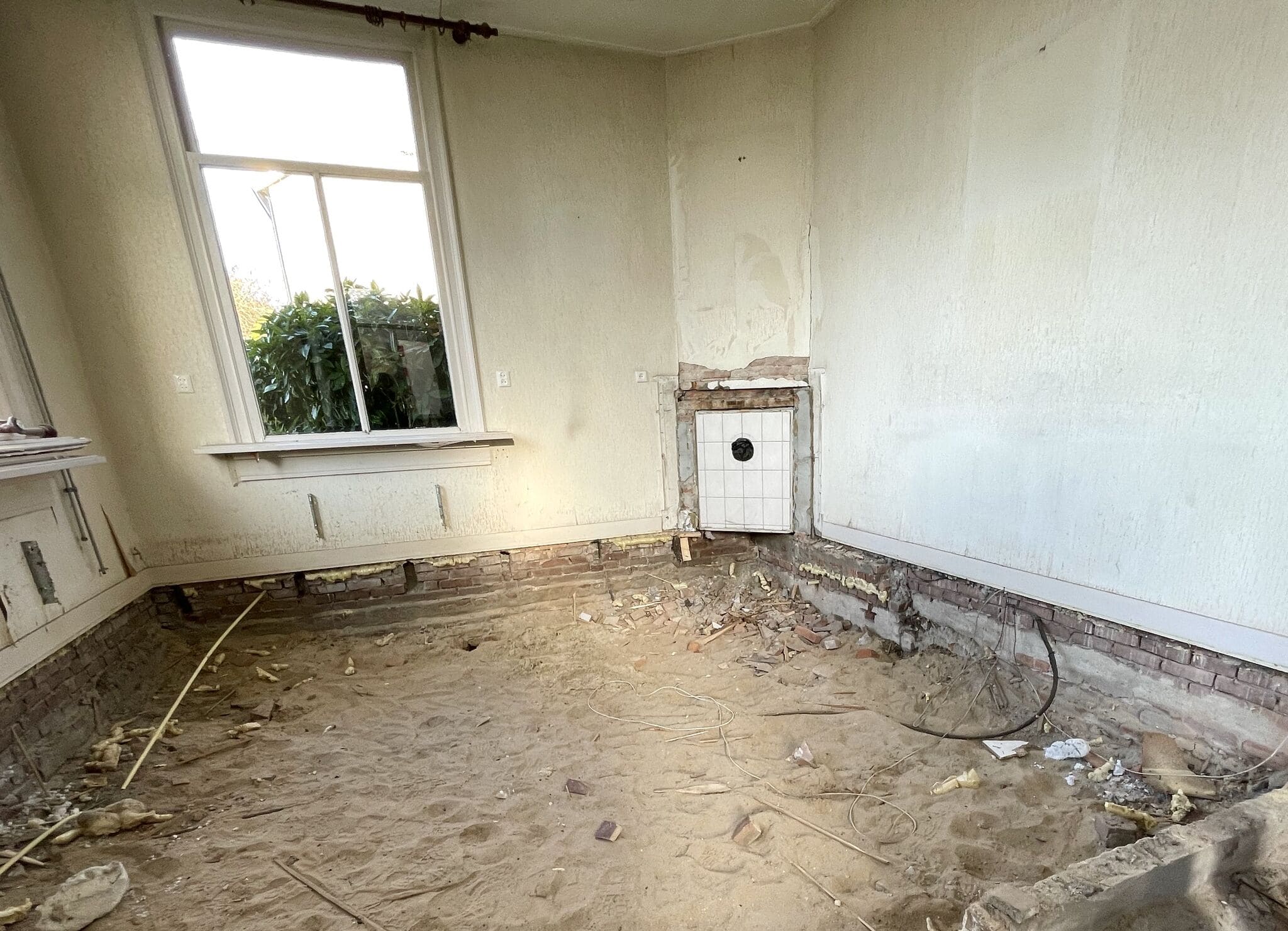Foundation repair is an essential step to ensure the stability and integrity of buildings and infrastructural works. SealteQ SLS (part of SealteQ Group) offers innovative solutions for improving the load-bearing functions of foundations through advanced injection techniques.
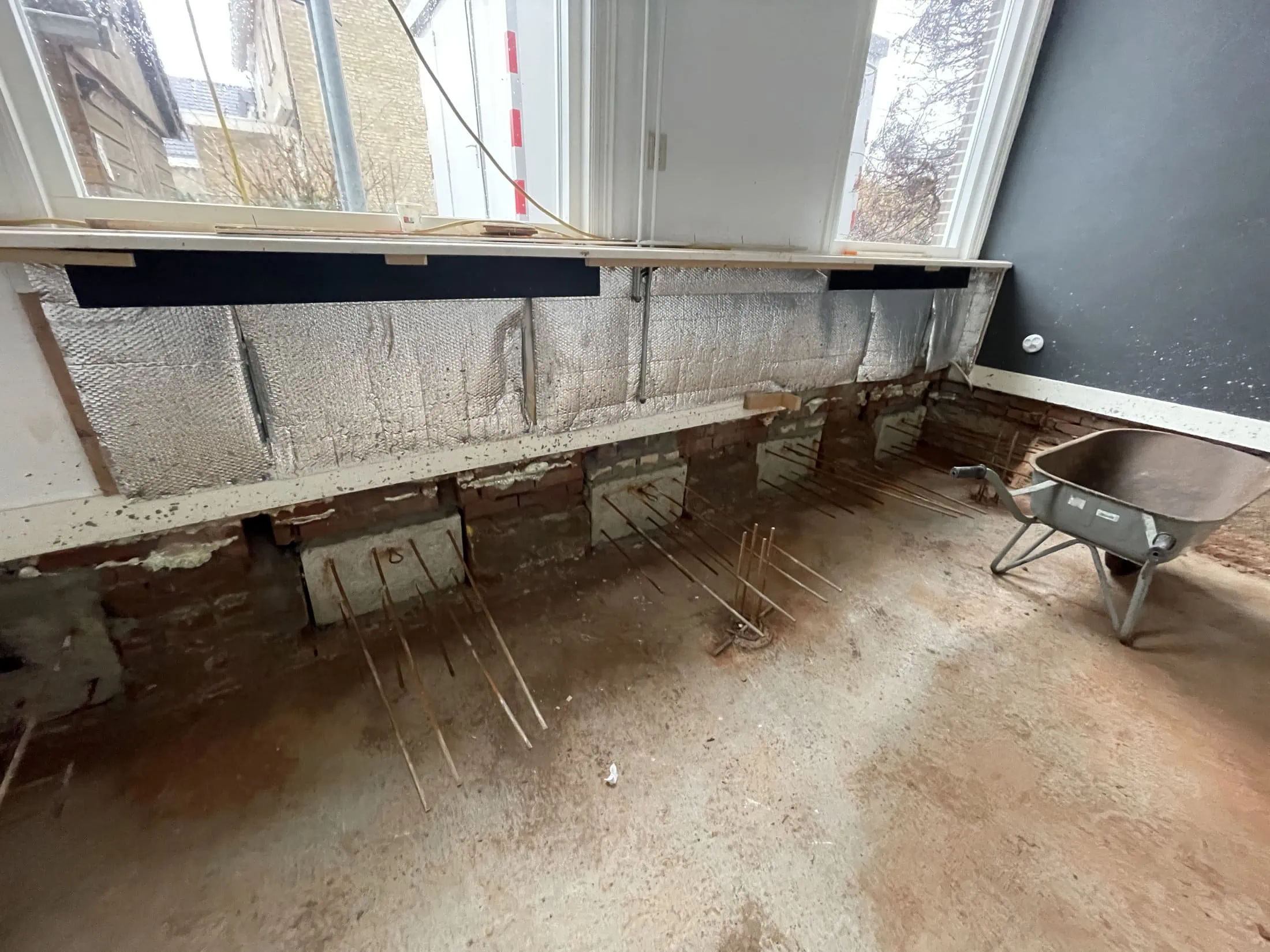
Foundation repair
What is foundation repair and why is it important?
Foundation problems can threaten a building’s stability and arise from soil erosion, water infiltration, ground subsidence, or construction errors. Signs of foundation problems include cracks in walls, subsidence, rising damp, uneven floors, sticking doors, and damp basement walls. These signs often indicate an underlying problem with the foundation. Untreated damage can lead to larger structural problems and loss of value.
Common causes include improper soil conditions during construction, aging of materials, or subsidence of the subsoil. If you notice any of these signs, it’s important to take action quickly. Consult building plans or have an inspection carried out to determine the type of foundation and assess the severity of the problem.
What types of foundation repair methods are there?
There are various methods for foundation repair, including soil stabilization through injection techniques, and replacing foundation elements, for example by applying the table method. The choice of a specific method depends on the nature and severity of the foundation problems. Concrete repair may also be necessary to restore concrete structures.
In addition, foundation reinforcement may be necessary, which involves increasing the load-bearing capacity of the soil and repairing damaged foundation concrete. This is done through soil stabilization injections, which strengthen the subsoil, and repairing cracks in the concrete, making the foundation strong and stable again.
Soil Stabilization for Infrastructural Works
When the soil under infrastructural works such as railways, highways, civil engineering structures, and runways is unstable, damage can occur to the structures due to settlements. SealteQ SLS repairs this through soil stabilization using injection techniques. The soil layers are injected with a range of materials such as SLS polymer foam and SLS soil. This increases the load-bearing capacity of the soil, resulting in stabilized structures.
Stabilization of Building Foundations
SealteQ offers solutions for building foundation problems through soil stabilization and the application of expansion columns from deeper soil layers. By applying these methods, foundation problems can be effectively addressed, restoring the stability and structural integrity of buildings.
What are the causes of foundation problems?
Foundation problems arise from various factors that threaten a building’s stability. Common causes include soil erosion, where soil slides away from under the foundation due to water or wind influences, and water infiltration, where moisture affects the foundation, for example through leaks or poor drainage.
Ground subsidence can also lead to instability, especially in areas with peat or clay. This is one of the main reasons for foundation problems in the Netherlands. Corrosion of foundation materials, such as rusting reinforcement in concrete, is also common in older buildings. This can lead to structural damage, which is sometimes not immediately visible.
Additionally, construction errors and natural disasters such as earthquakes can also contribute to foundation problems. It is crucial to recognize and address these problems in a timely manner. Regular inspection and timely repair can prevent further damage and ensure the stability of the building.
How long does the foundation repair process take?
The duration of foundation repair depends on factors such as the project’s scope, the chosen repair method, and the subsoil conditions. Small repair projects can be completed within a few days, while larger projects require more time. It is important to have realistic expectations and to identify any potential disruptions for residents, users, or business operations in advance. Good planning and communication are essential for a smooth process.
Can foundation problems be prevented?
There are various preventive measures that help to prevent foundation problems. Regular maintenance and monitoring of the foundation condition are important to detect early signs of damage, such as cracks or subsidence. Applying sustainable construction techniques, such as improving drainage and using waterproof materials, can extend the lifespan of the foundation.
Furthermore, it is advisable to consult an expert for advice on the best preventive approach to prevent future foundation problems.
Requirements for foundation repair
In foundation repair, the foundation must again meet the necessary requirements for stability and load-bearing capacity. This means that the repaired foundation must be strong enough to bear the load of the building, be resistant to moisture, and prevent any subsidence. The foundation must also fit well with the underlying soil conditions.
Frequently asked questions about foundation problems
How Can You Determine What Type of Foundation your Home Has?
Consult the building drawings or arrange an inspection to determine the foundation type. Older building documents or soil reports usually state whether your home is founded on piles or uses a shallow foundation (directly on sand). The absence of visible foundation piles indicates a shallow foundation (a broad concrete footing on the ground).
What are the Signs of Foundation Problems?
Cracks in walls or floors, settlement, rising damp, and spalling concrete are clear signs of foundation problems. For example, uneven floors or sticking doors may indicate differential settlement. Moisture spots caused by a failing damp-proof course also often point to a foundation issue.
What Types of Foundations are there?
The main foundation types are shallow foundations and pile foundations. A shallow foundation bears directly on load-bearing soil (using a slab or strip footings). On soft soils, pile foundations are used: the structure then rests on piles driven into the ground.
When is Foundation Repair Required?
Foundation repair is required as soon as the foundation loses its bearing capacity and causes damage. If you notice cracks in walls, sunken floors, sticking doors, or damp basement walls, this indicates foundation problems that require repair. Waiting will worsen the damage and increase repair costs.
Is Foundation Repair Covered by Insurance?
Foundation repair is generally not covered by insurance, unless it results from a sudden, covered event.
How Do You Repair a Subsiding Foundation?
A subsiding foundation is repaired using injections and structural interventions. The subsoil is strengthened by soil injection with special resin. For severe settlement, the foundation is mechanically jacked and reinforced (e.g., the table method) to restore its original bearing capacity.
About SealteQ
Foundation repair is a complex process that requires expertise and precision. SealteQ offers professional services and expertise to address foundation issues effectively and sustainably, ensuring safe, stable structures over the long term.
SealteQ values quality and craftsmanship. That is why all our operating companies are certified under an integrated quality system.
As a member of the Association of Certified Concrete Repair Companies (VBR), we are committed to sustainability, safety, and corporate social responsibility.
SealteQ recognizes its social role and strives for a positive contribution. Therefore, we use the United Nations’ Sustainable Development Goals (SDGs) as a guideline for our CSR policy. Our focus is on three SDGs, through which we actively contribute to a better world by 2030.


